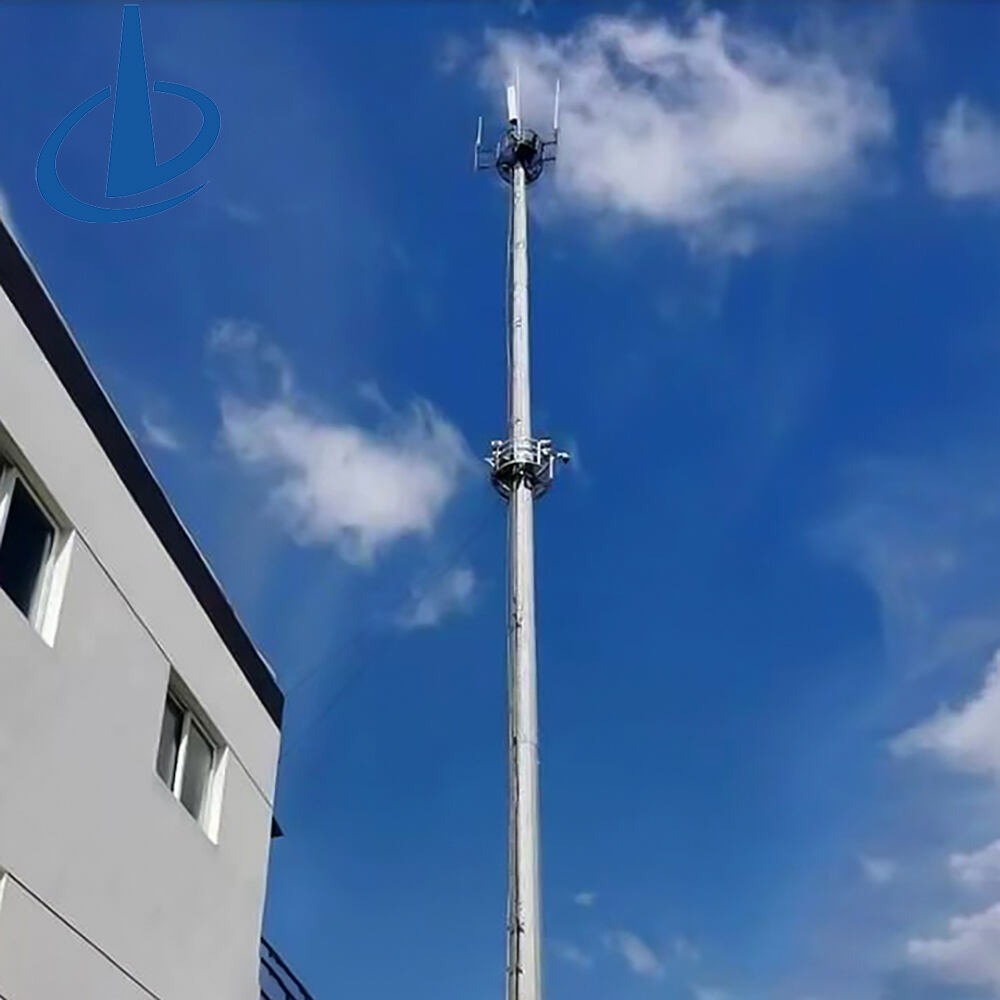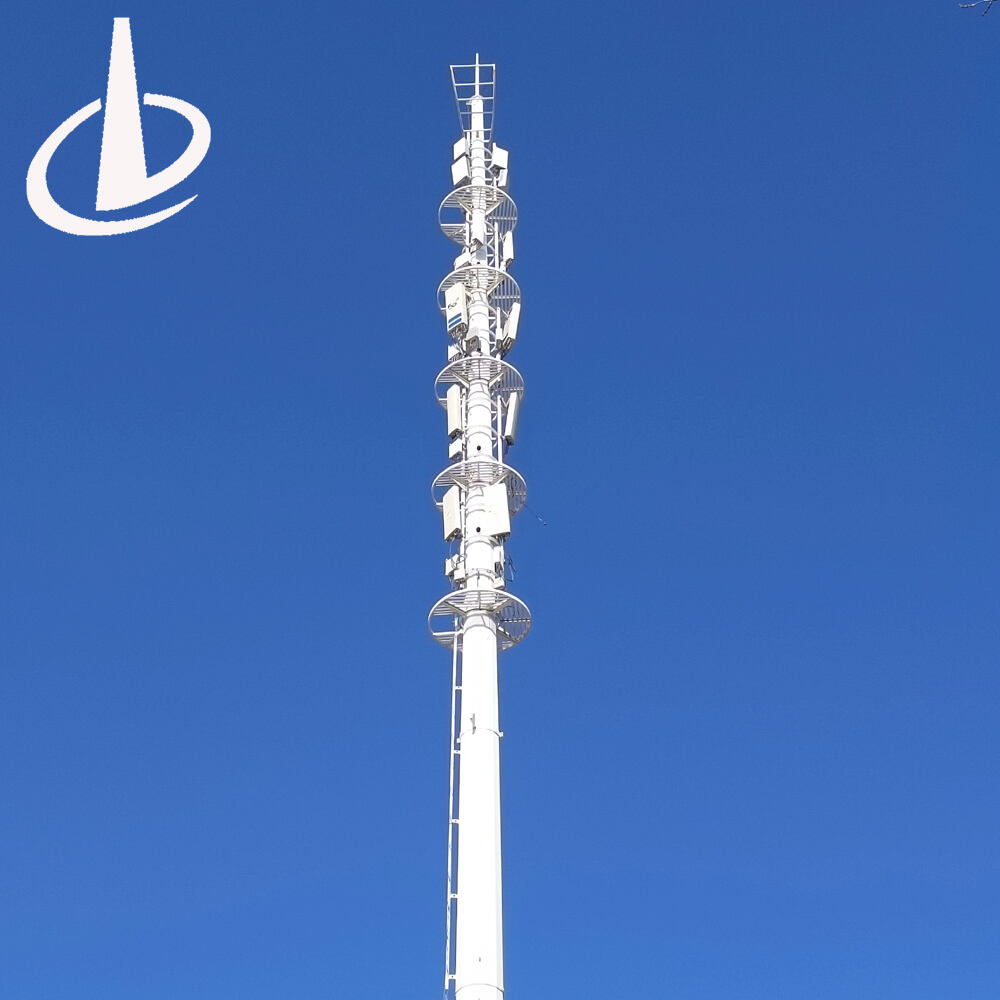self standing tower
A self standing tower represents a pinnacle of modern engineering, designed to provide stable elevation without requiring external support or guy-wire systems. These structures combine robust engineering principles with cutting-edge materials to deliver reliable performance across various applications. The tower's foundation employs advanced structural techniques, including deep-set concrete bases and reinforced steel frameworks, ensuring stability even in challenging weather conditions. The modular design allows for customizable heights ranging from 30 to 300 feet, making it suitable for diverse installations. The tower's self-supporting capability comes from its triangulated structure and carefully calculated weight distribution, enabling it to maintain stability while supporting various equipment loads. Advanced corrosion-resistant materials and protective coatings ensure longevity, while integrated safety features such as aircraft warning lights and lightning protection systems enhance operational security. The tower's versatility makes it ideal for telecommunications, broadcasting, surveillance, and renewable energy applications, providing a reliable platform for equipment mounting and maintenance access.


